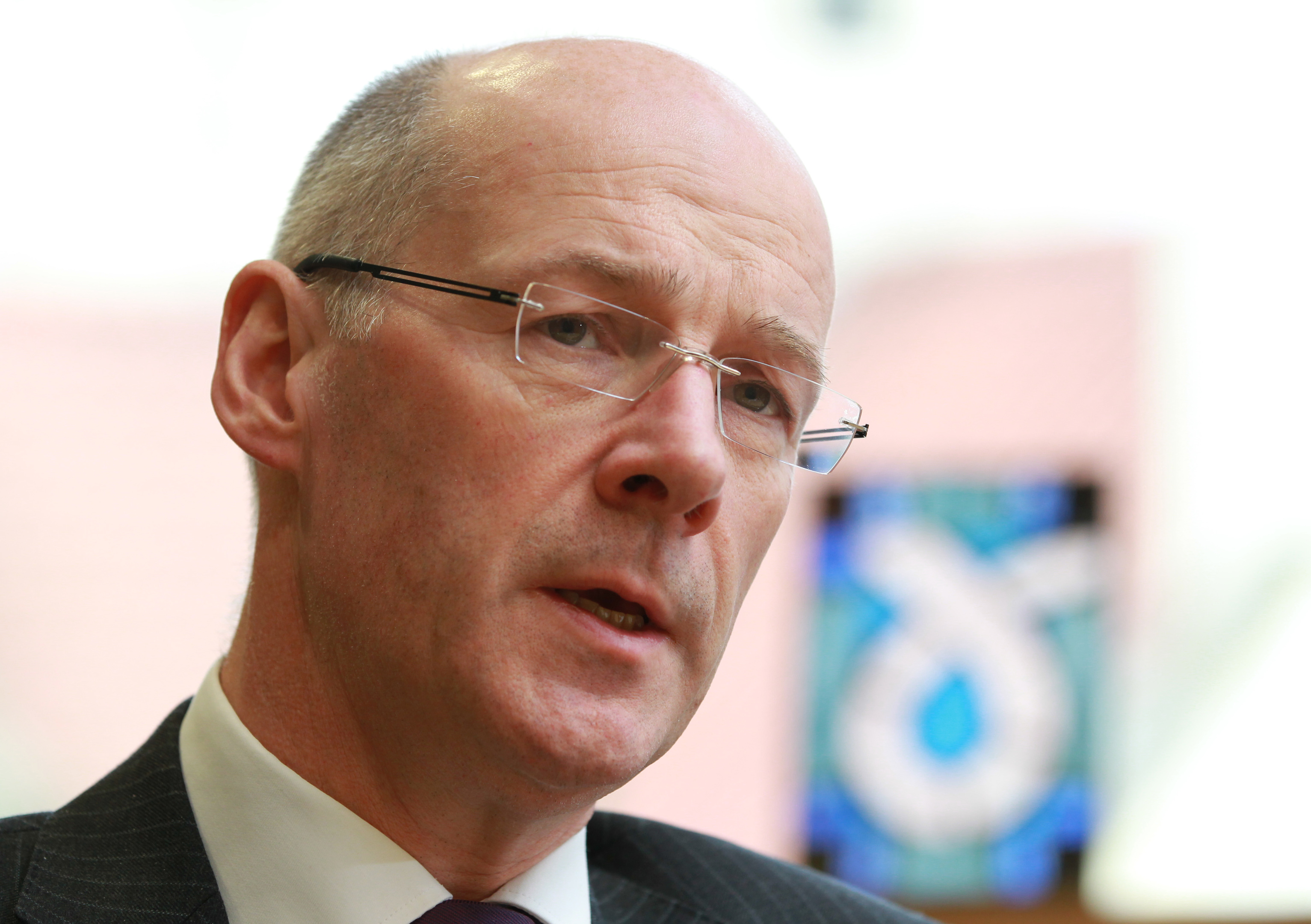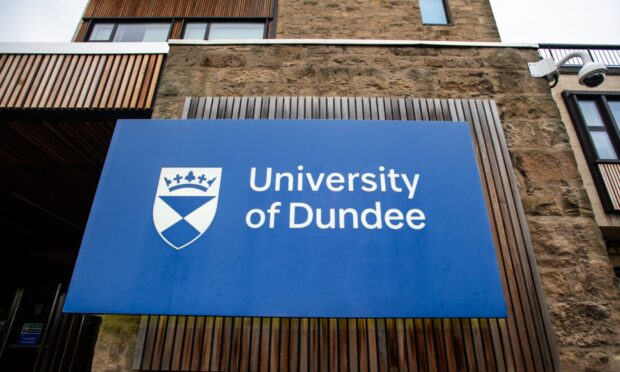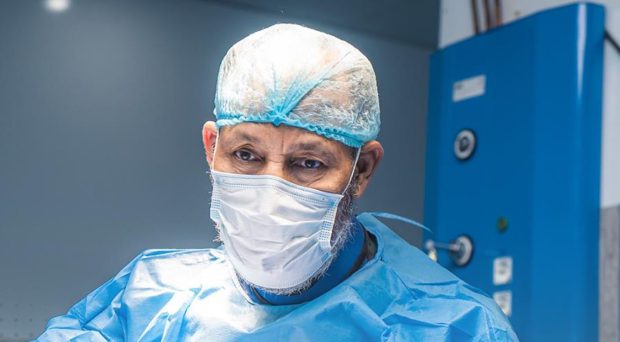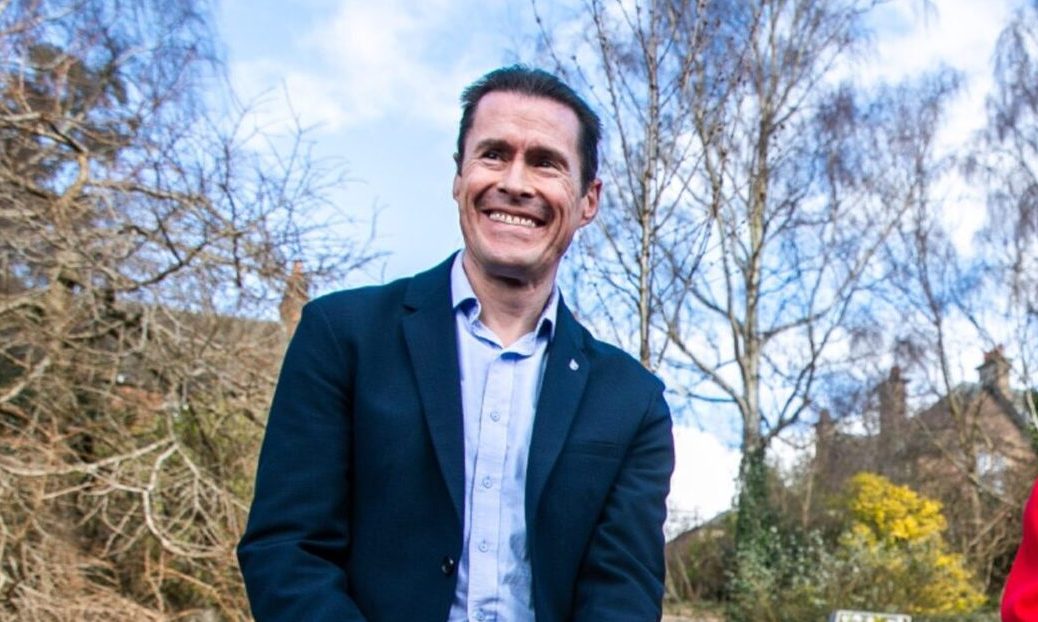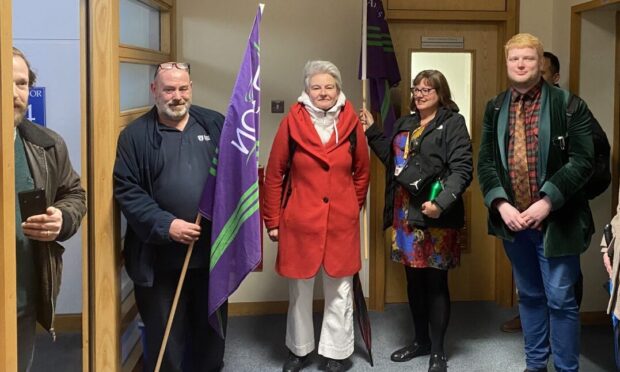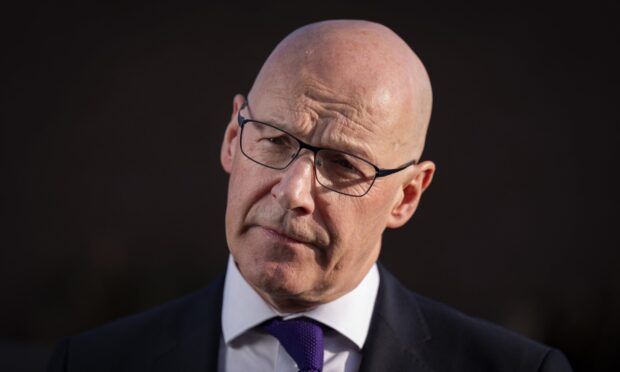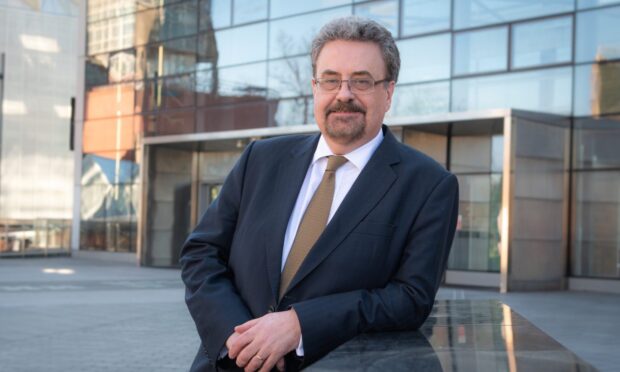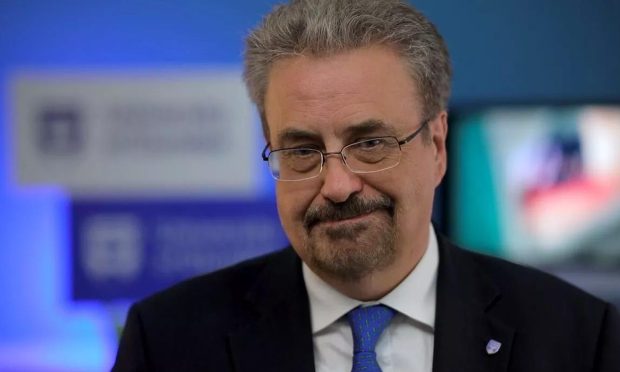School performance data published for the first time today reveals the scale of the challenge in boosting attainment, the Education Secretary admitted.
John Swinney told MSPs that the data measuring pupils’ reading, literacy, numeracy and listening and talking ability shows that “significant improvements” are needed in some local authorities.
Mr Swinney said the new statistics, which are broken down to individual schools and reflect teachers’ views of the standards of their own pupils, reveal wide variations between councils because of the inconsistencies in professional judgements.
“Even taking these inconsistencies into account, the data shows that significant improvements are required in some local authorities and real challenges exist in delivering the progress in literacy and numeracy we seek,” he said.
He added: “There is much to be proud of in Scottish education. We need to remain focused on, and committed to, Curriculum for Excellence, and we need to continue to implement the reforms we are putting in place.”
Separate school census figures released today showed there are 253 extra teachers in Scotland, P1-P3 class sizes are “broadly static” and the number of pupils per teachers has stayed the same on last year, Mr Swinney.
But the data is not as comfortable reading for many councils in Tayside and Fife.
They also revealed that young children in Dundee are the most likely in the country to be taught in classes with bloated pupil numbers.
Just 2.6% of P1-P3 pupils in the city are in classes of 18 children or fewer, which is the smallest proportion in the country.
Angus, Fife and Perth & Kinross are all above the national average of 12.7%.
Meanwhile, teacher numbers fell across Angus, Dundee and Perth & Kinross in the last year despite the national rise.
There were 1,408 school and early learning teachers in Dundee in 2015, dropping to 1,397 this year.
In Angus, numbers fell from 1,144 to 1,132, compared with 1,378 to 1,370 in Perth & Kinross.
The number of Fife teachers on the books went up slightly from 3,544 to 3,548.
Across Scotland, there are an extra 253 teachers, bringing the total to 50,970.
Every local authority in Tayside and Fife saw the pupil-to-teacher ratio worsen over the past year, against a national improvement in the figure.
